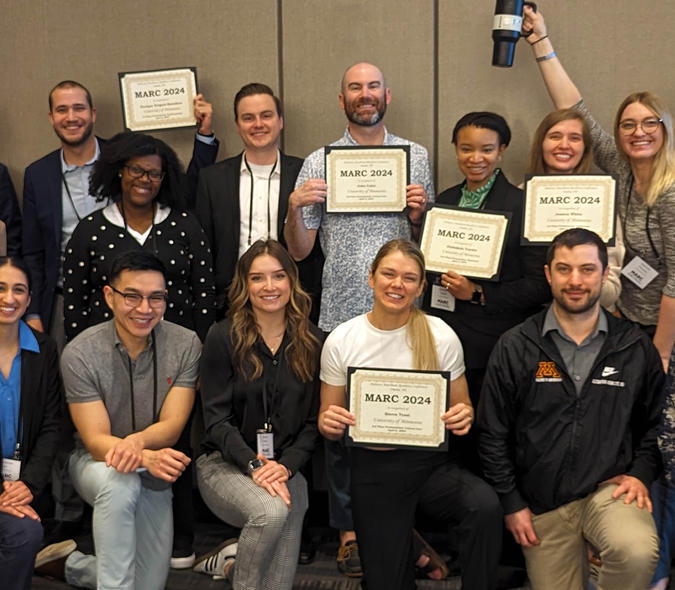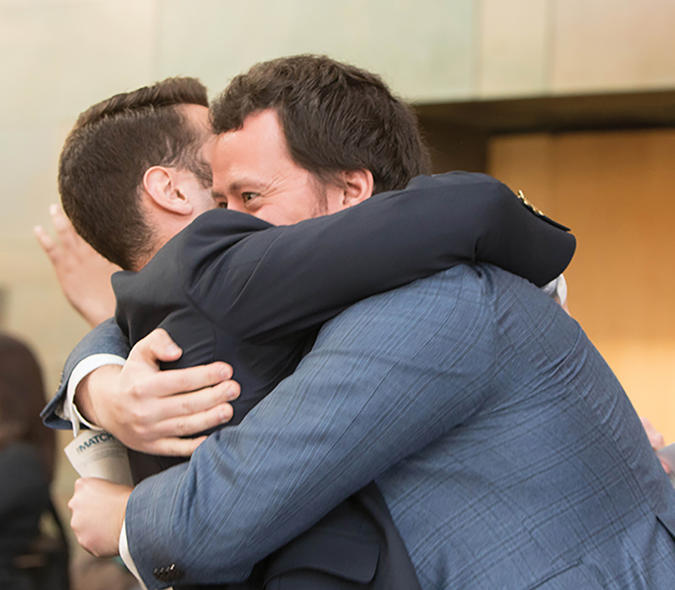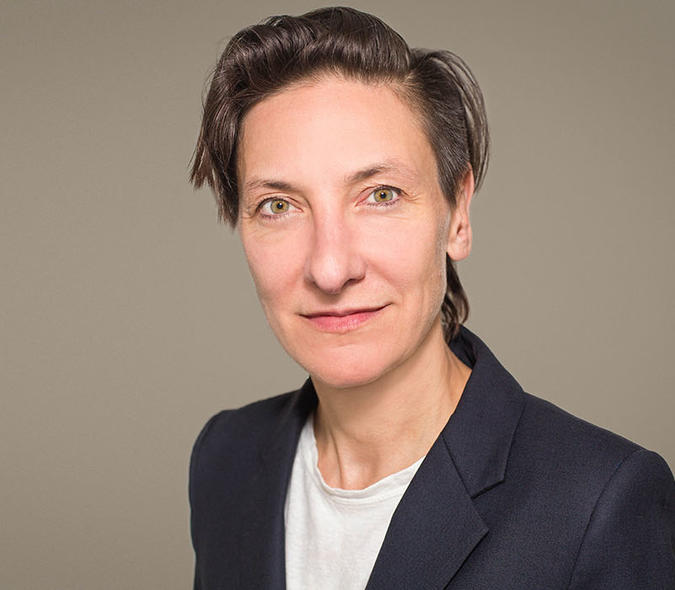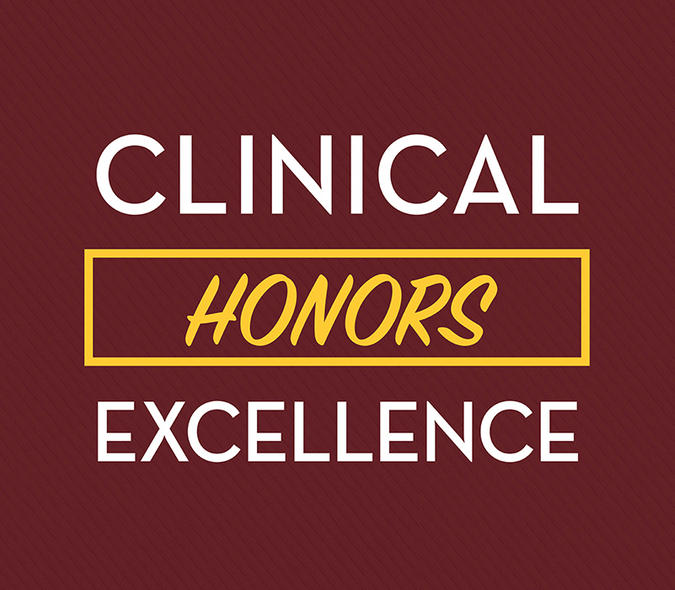
Combined Pathway Program Providing Residents Master’s-level Training
Anesthesiologists provide far more than direct patient care and treatment management. They are responsible for training future generations of physicians through hands-on training and curriculum development while others move to leadership positions in healthcare management.
Master of Business Administration (MBA), Master of Health Administration (MHA), Master in Medical Education (MME), and other advanced degrees provide physicians further training in order to assume clinical and academic leadership positions.
The Combined Pathway Program at the University of Minnesota Department of Anesthesiology allows current residents to obtain a master's level degree while completing their residency training.
“The Combined Pathway Program gave me the opportunity to explore my interests outside of medicine in a way that allows me to build cross-disciplinary expertise. I had a long-standing interest in learning about the business of healthcare and how we can impact care beyond clinical practice,” said Dr. Dip Shukla. “I chose to participate in the MBA program as a resident because I believe it will enrich my understanding of how our healthcare system cares for patients and how I can interact with the system.”
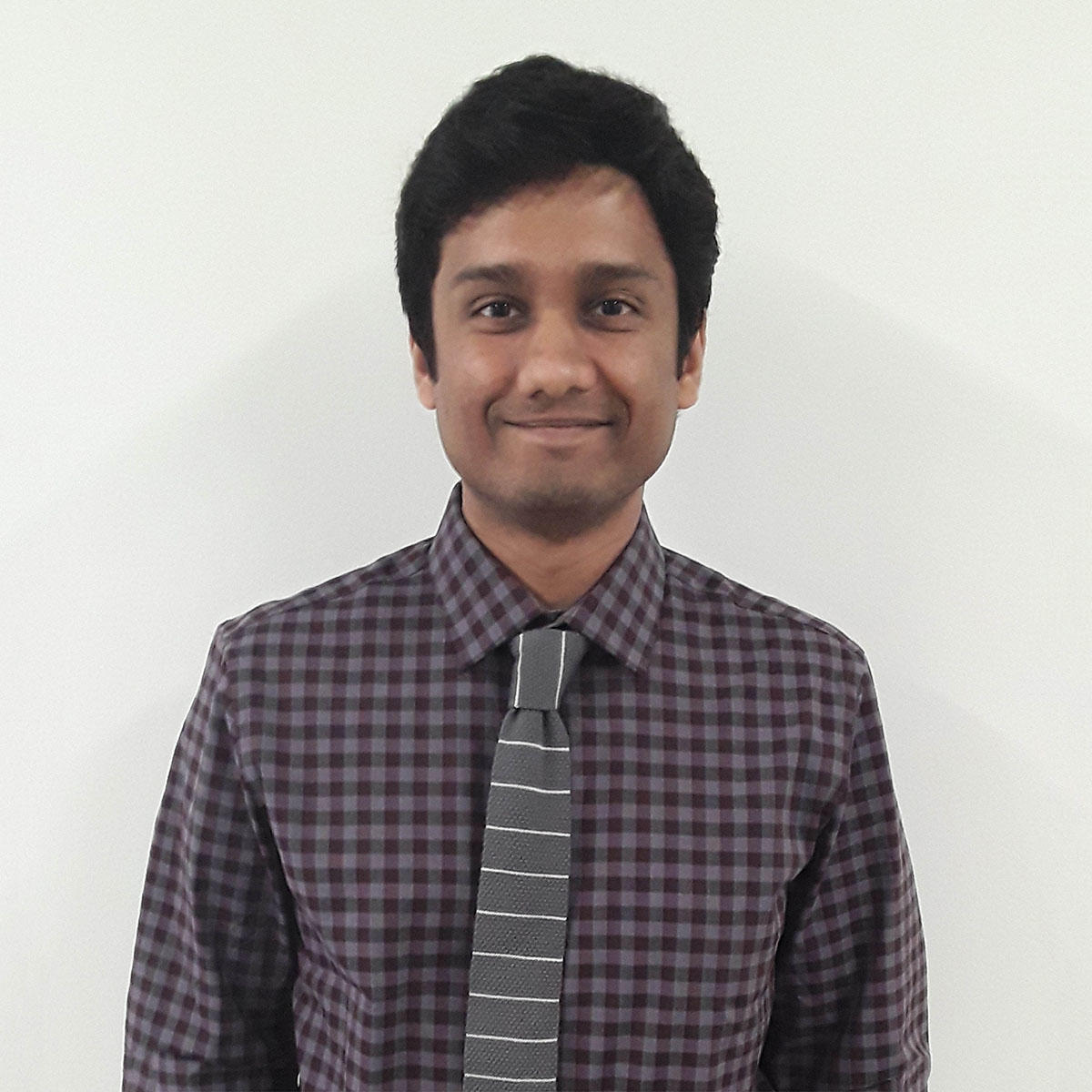
Dr. Shukla is a current resident who decided to participate in the program to understand the business side of healthcare and physicians’ role in it.
“Clinical anesthesia training is the main priority, but what I learn through this program enriches how I think about the care we deliver. I also get to develop a skill set in something I have an interest in beyond residency. I would encourage others to take part in the program if it will help them achieve their downstream personal or professional goals.”
Mentorship is a big part of the program. In balancing workload from two demanding programs, mentors from each help support and aid participants in scheduling, time management, and other guidance.
“There are advisors available from both the masters and residency programs. Dr. Joss Thomas serves as our main point of contact from the residency program, with additional support from chief residents to aid in scheduling for classes and residency rotations.”
Participating in two programs simultaneously can be demanding and challenging, but also worthwhile and rewarding. The Combined Pathway Program allows participants to be well prepared for both clinical and academic leadership positions.
“Advice I received that I found helpful when I started the program is the importance of going slow and steady in approaching both commitments and asking for help when needed. Both endeavors are challenging individually, and certainly when attempted together. Breaking down requirements from each into more manageable portions makes it more achievable and less stressful.”
